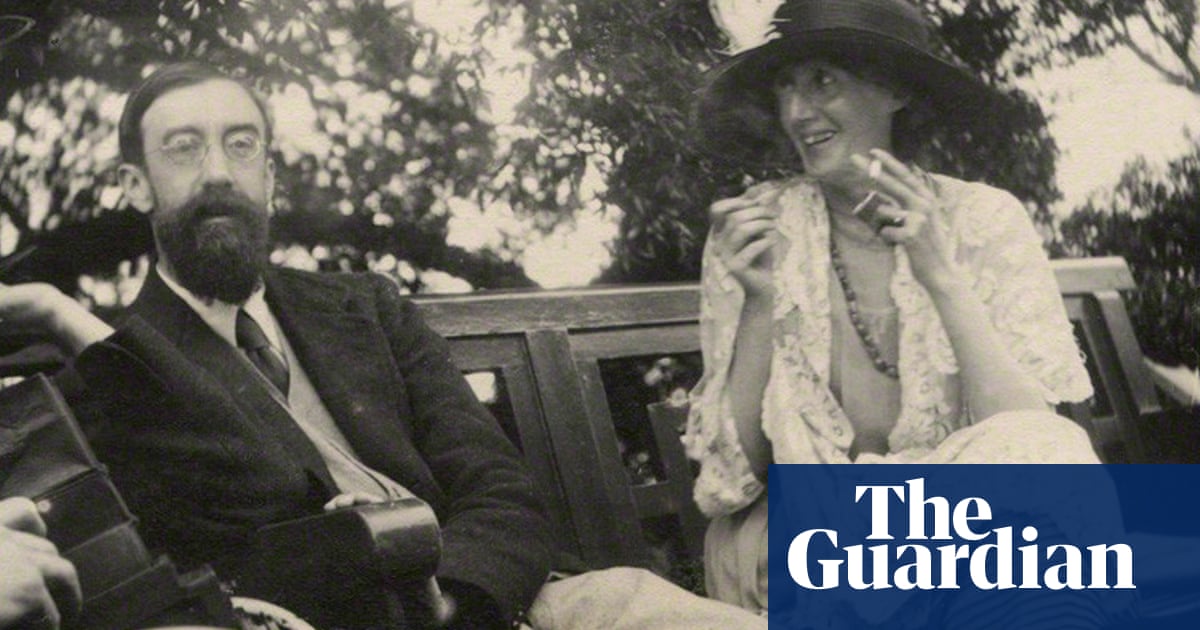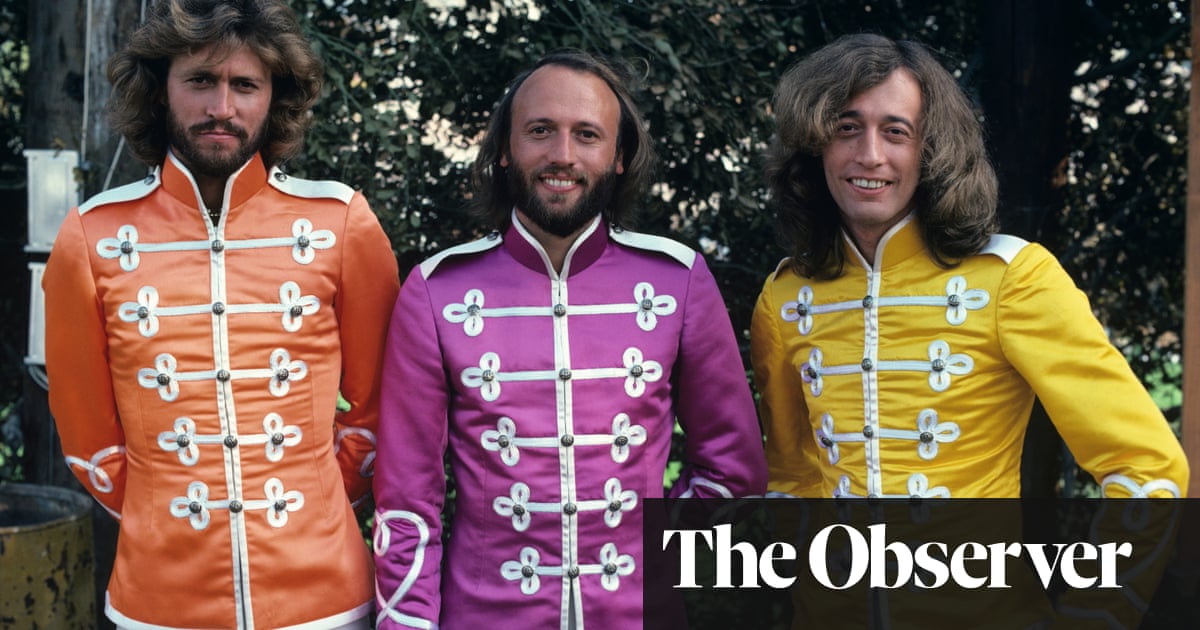
In 1993, Bob Dylan released World Gone Wrong, an album of cover versions of what might be called pre-modern songs by some of the early blues and folk performers that he revered. Dylan’s sleeve notes for the album are a thing of wonder in themselves: short, sometimes surreal riffs on the timeless quality of stark and mysterious songs that sound old as the hills but, as his writing pointed out, possessed a deep contemporary resonance.
Despite its high-flown and somewhat misleading title, The Philosophy of Modern Song is a kind of strange companion to those sleeve notes rather than a philosophical treatise on the art and craft of songwriting. Illustrated with a wealth of sometimes tangentially linked photographs (publicity stills, snapshots, landscapes and classic documentary images by the likes of Dorothea Lange and William Klein), it comprises 66 deeply subjective essays on songs Dylan holds dear, from standards and groundbreakers to obscurities and oddities.
Often, the juxtapositions are extreme: Bing Crosby’s charming but very odd ditty Whiffenpoof Song rubs shoulders with the Clash’s punk rock anthem London Calling. The formal brilliance of Jimmy Webb’s By the Time I Get to Phoenix is celebrated alongside the wild, untrammelled energy of rockabilly pioneers such as Sonny Burgess. The sophisticated soul of Harold Melvin and the Blue Notes gives way to the gothic thrust of Johnny Paycheck, whom Dylan describes as “the outlaw all the other country singers claimed to be”. (One of his songs is called (Pardon Me) I’ve Got Someone to Kill.)
There are surprises aplenty, not least the almost sacrilegious absence of a single song by the Beatles – are there any songwriters more “modern” than Lennon and McCartney? Dylan, though, has never been an anglophile, or an artist much impressed by elaborate studio techniques or groundbreaking sonic invention – Brian Wilson does not appear either. No Carole King or Joni Mitchell songs, but Nina Simone is rightly hymned for her “measured defiant delivery” of Don’t Let Me Be Misunderstood.
Judy Garland is also here alongside Rosemary Clooney and Cher – good to see Gypsys, Tramps and Thieves receiving its due, with Dylan quipping that it “could easily be the answer to the question, ‘Name three types of people you’d like to have dinner with’”.
His selections are mostly American (the exceptions being the Who, the Clash and Elvis Costello) and tend towards the unapologetically old fashioned, whether that be the rough and rowdy roots music that he has always been drawn to – blues, rockabilly, bluegrass, early folk – or the pre-pop standards he has homaged on his recent trio of cover albums. There are quite a few crooners featured here: Perry Como, Vic Damone, Dean Martin and, inevitably, Frank Sinatra, though Strangers in the Night seems an oddly lightweight choice – Sinatra himself hated it. It does however give Dylan a chance to trace the song’s “murky” history: the authorship of both the melody and the lyrics are contested. It’s that kind of book: discursive, unpredictable, but always illuminating. Characteristically Dylan, in fact.
Intriguingly, several of the essays are also accompanied by more imaginative “riffs” in which Dylan evokes the atmosphere or emotional resonance of a lyric by stepping inside the mind of the narrator and, by extension, the songwriter. Of the Who’s My Generation, he writes: “In this song people are trying to slap you around, slap you in the face, vilify you. They’re rude and slam you down, take cheap shots. They don’t like you because you pull out all the stops and go for broke.” From there, though, he goes on to uncover several layers of emotional complexity – defensiveness, grievance, insecurity – that are all but masked by the song’s arrogant amphetamine attitude.
Most of the time, this iconoclastic approach makes for heady and exhilarating stuff, though his reading of Hank Williams’s classic country ballad Your Cheatin’ Heart strikes me as wilfully perverse. Williams wrote it as a bruised response to his ex-wife’s infidelities, but Dylan sees it as “the song of a con artist… the swindler who sold me a faulty bill of goods”, a crook whose cheatin’ heart “brought poison and pestilence into the home of millions”. Even as a metaphor for romantic betrayal, that’s quite a leap of interpretation.
Elsewhere, the insights are more acute, often surprisingly so. Who but Dylan could recognise the conceptual link between bluegrass and heavy metal? “Both are musical forms steeped in tradition,” he writes. “They are the two forms of music that visually and audibly have not changed in decades. People in their respective fields still dress like Bill Monroe and Ronnie James Dio.”
There are many moments in The Philosophy of Modern Song when you realise that it is not just the breadth of Dylan’s musical knowledge that is on display here, but the depth of his listening. He has an unerring ability to pinpoint what sets a song – or a singer, or a group – apart from their contemporaries. You may be as intrigued as I was by his choosing London Calling, at least until you read his opening paragraph:
Punk rock is the music of frustration, and anger, but the Clash are different. Theirs is the music of desperation. They were a desperate group. They have to get it all in. And they have so little time. A lot of their songs are overblown, overwritten, well-intentioned. But not this one. This is probably the Clash at their best and most relevant, their most desperate. The Clash were always the group they imagined themselves to be.
That’s a hell of a lot of insight to pack into just a few lines.
The sense of having “to get it all in”, of being driven to express confused emotions or wild desires through chaotic but impassioned songs, is a characteristic of several of Dylan’s choices. For me, his writing really catches fire when he is hymning unsung outsiders, the mavericks and one-offs who he seems temperamentally drawn to, whose energy is untameable and thus utterly unsuited to the mainstream. A case in point is the little-known rockabilly singer Jimmy Wages, who grew up in the same neighbourhood as Elvis, and recorded Take Me (From This Garden of Evil), which Dylan reckons is probably “the first and only gospel rockabilly record”. Two decades before the Clash, it is also a study in desperation. “Jimmy sees the world for what it is,” writes Dylan, “This is no peace in the valley.”
You may be similarly astonished by the Osborne Brothers’ unearthly bluegrass song, Ruby, Are You Mad?, the high-pitched vocal delivered over frenetic banjo and guitar playing that propels it at a momentum more suited to hardcore punk. Dylan cites it approvingly as “a song to drive your car over a cliff to with the radio still on… and you won’t feel a thing”. Not exactly a deeply philosophical analysis, but you get the picture.
Up against these wildly inventive outbursts, the smooth contours of a Bing Crosby or Perry Como song seem to have emerged out of a different America, a different cultural and psychological mindset: restrained, elegant, quietly persuasive. Under Dylan’s democratic gaze, though, they assume an equal importance. “When he stood and sang,” he writes of Como, “he owned the song and he shared it and we believed every single word. What more could you want from an artist?”
The Philosophy of Modern Song by Bob Dylan is published by Simon & Schuster (£35). To support the Guardian and Observer order your copy at guardianbookshop.com. Delivery charges may apply












